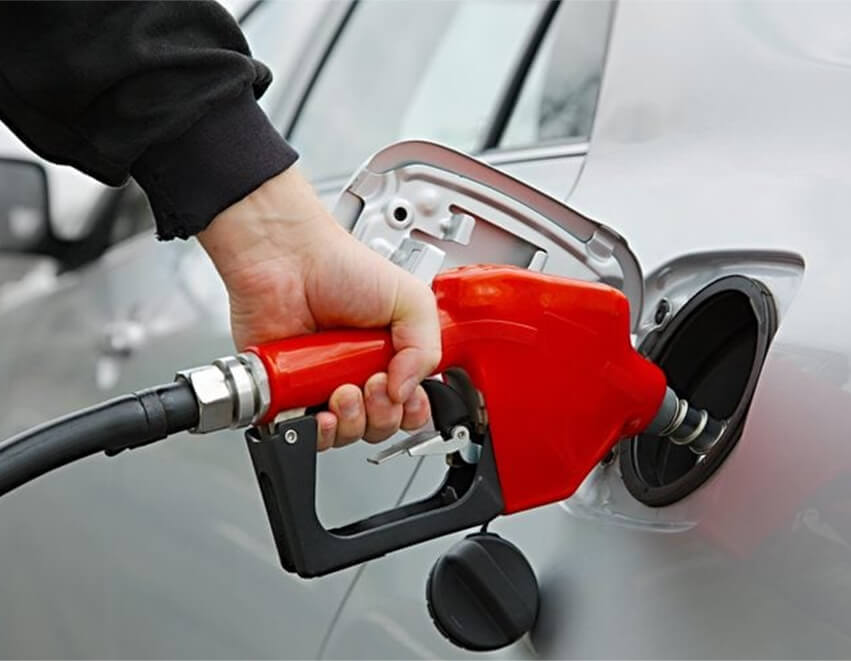Find out how to identify and fix common O-ring failures, including improper installation and chemical compatibility issues, to keep your equipment running smoothly.
Rubber O-ring kits are essential components used in many industries to create a seal and prevent leaks, but they can encounter various issues that affect their performance.
Understanding common O-ring problems and how to address them can enhance the longevity and reliability of your equipment.
This article provides an overview of how O-rings work, common issues, and practical solutions, as well as maintenance tips and how to identify high-quality O-ring kits.
An O-ring is a circular elastomer designed to fit into a groove and create a seal between two surfaces.
When compressed, the O-ring deforms to fill the gap between the surfaces, preventing the passage of liquids or gases.
The effectiveness of an O-ring depends on its material, size, and the design of the O-ring groove.
Incorrect installation can cause O-rings to twist or become pinched, leading to leaks or failure.
Ensure proper alignment and lubrication during installation.
Using a rubber O-ring kit with the appropriate sizes and materials can help prevent installation errors.
Exposure to incompatible chemicals can cause O-rings to swell, crack, or degrade.
Select O-rings made from materials that are resistant to the chemicals they will encounter.
For instance, Viton O-rings are suitable for chemical resistance, while nitrile rubber O-rings work well with petroleum-based fluids.
Extreme temperatures can cause O-rings to harden or soften, compromising their sealing ability.
Choose O-rings designed to withstand the operating temperature range.
Silicone and fluorocarbon O-rings are known for their high-temperature resistance.
Using an O-ring that is too large or too small for the groove can lead to ineffective sealing.
Use a large O-ring kit that includes a variety of sizes to ensure you have the right fit for your application.
Measure the O-ring groove accurately and select the appropriate size from the kit.
O-rings can be damaged by sharp edges, excessive stretching, or abrasion.
Inspect O-rings regularly for signs of wear and tear.
Replace damaged O-rings promptly and ensure that installation surfaces are smooth and free from sharp edges.
Regularly inspect O-rings for signs of wear, cracking, or degradation. Early detection of issues can prevent failures and costly repairs.
Apply a compatible lubricant to O-rings during installation to reduce friction and prevent twisting or pinching.
Store O-rings in a cool, dry place away from direct sunlight and chemicals to extend their lifespan.
Invest in a high-quality rubber O-ring kit with a variety of sizes and materials to ensure you have the right O-ring for any application.
A high-quality O-ring kit should include O-rings made from different materials such as nitrile, silicone, and Viton to suit various applications.
The kit should offer a wide range of sizes to accommodate different sealing needs. This is especially important for large O-ring kits.
Look for O-ring kits that comply with industry standards such as AS568, ISO 3601, or DIN. Compliance ensures reliability and quality.
Choose O-ring kits from reputable manufacturers known for their quality and consistency. Researching customer reviews and industry feedback can help identify reliable suppliers.




